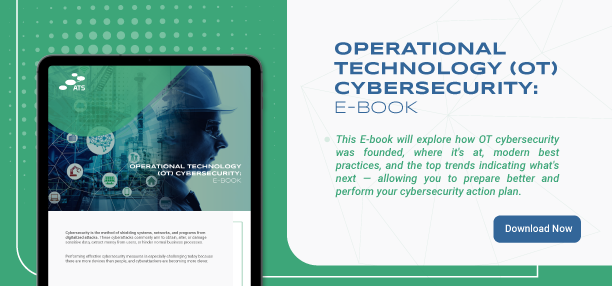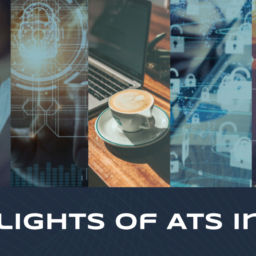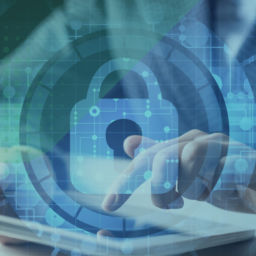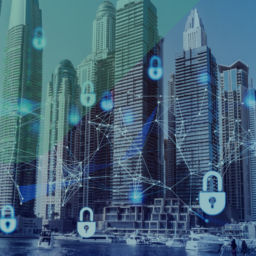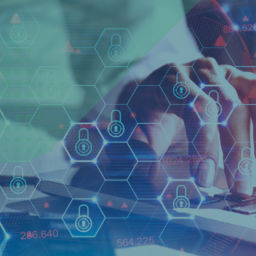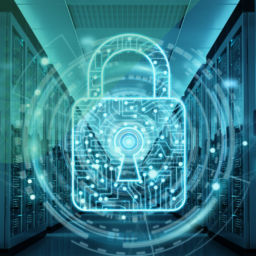Top 5 ICS Security Measures for Critical Infrastructures in the Middle East
The emergence of intelligent devices and the Internet of Things (IoT) is altering industrial control system (ICS) networks, enhancing usability, efficiency, and productivity in ICS environments while also having a substantial impact on ICS security.
What is an ICS (Industrial Control System)?
Industrial control systems (ICS) are essential components for operating industrial facilities and critical infrastructure. The digital devices utilized in industrial processes are referred to as ICS assets. This comprises important infrastructure components (power grid, water treatment, etc.), manufacturing, and related applications.
A variety of devices are classed as ICS. Here are a few examples:
- Supervisory Control and Data Acquisition(SCADA)
- Remote Terminal Units(RTUs)
- Programmable logic controllers (PLCs)
- Human-Machine Interfaces (HMIs).
ICS has been around for quite a while, and although being networked together for decades, it was frequently “air-gapped” from the Internet. This helps defend them against cyber threats by making it more difficult to access and exploit them remotely.
The air gap has narrowed in recent years. It is now standard practice to use Internet-connected smart and IoT devices for remote ICS monitoring and management. While this improves efficiency and usefulness, it raises new cybersecurity threats. This new paradigm necessitates ICS and IoT security solutions to ensure the safety and functionality of these emerging Internet-connected equipment.
Successful security breaches in the ICS can paralyze internal processes, causing economic losses and potentially leading to the loss of human lives.
Companies in critical infrastructure have deployed ICS to automate processes and data collection management. These systems have become potential targets for attackers looking to manipulate business functions.
According to a report issued by Fortinet, many companies operating ICS plan to raise spending on security technologies this year:
“Nearly three-quarters of organizations plan to increase IoT security spending, with 36% increasing spending by 5% or more. More than 7 in 10 plan to spend more on OT security, and nearly 4 in 10 plan to increase spending by at least 5%. Another 7 in 10 will spend more on OT infrastructure this year, with 37% planning a 5% or more.“
The investment information ensures a raised awareness of the cyber risks for ICS systems and a commitment to OT and the cyber security standards and controls required to defend those systems.
What are the difficulties faced in ICS Security?
While industrial control systems face the same security concerns as traditional IT environments, they also face new ones, such as:
- High Availability Requirements: Availability and uptime are crucial for ICS systems in critical infrastructure, manufacturing, and other industries. Because these systems cannot be readily pulled down to implement security upgrades, they are challenging to secure.
- Focus on Detection Over Prevention: Since ICS requires high availability, the possibility of lawful operations being prevented is a significant worry. As a result, ICS security is frequently configured to detect attacks rather than control them.
- Insecure and Proprietary Protocols: ICS employs several proprietary protocols, many of which were developed decades ago to enable long-lived components. These protocols are frequently outdated and lack fundamental security features (such as encryption and access control).
Overcoming these problems necessitates using ICS security solutions that are specifically built to work in the ICS environment.
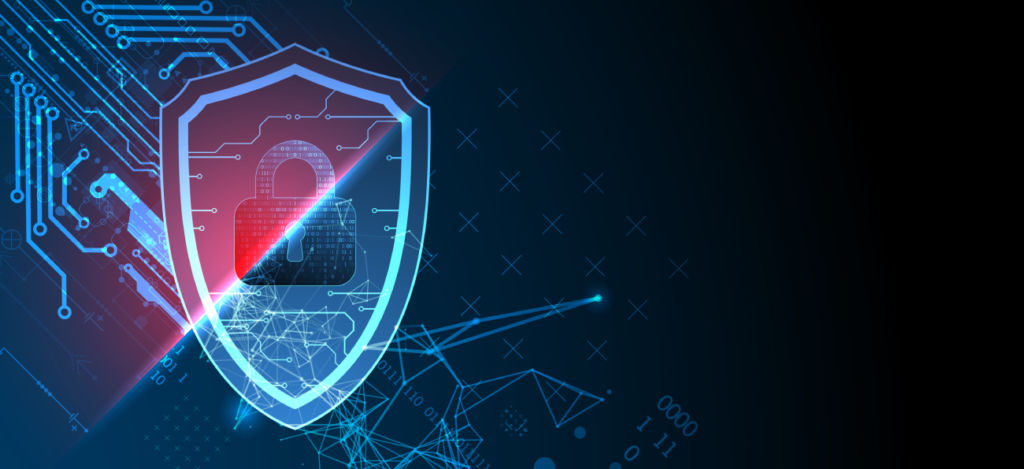
Top 5 ICS security measures for critical infrastructures
The first stage in fighting against cyber-attacks is creating barriers around the ICS that use physical and electrical tactics to deter an intruder. The security perimeter should cover interfaces that connect the monitoring system to external networks, device connections to ICS networks, and wireless device access points such as laptops and smartphone hotspots. The most robust security perimeters will ensure that only approved devices can connect to the control system and only authorized traffic from external sources can enter.
Let’s discuss the top 5 ICS security measures:
1. ICS Security Device Hardening
Device hardening safeguards a system or device by minimizing its attack surface, hence lowering the possibility of vulnerabilities. In general, a system with fewer functions is safer than a system with numerous functions; therefore, in this case, less is truly more.
ICS device hardening is divided into numerous fields. Disabling unneeded and unwanted settings and functionalities on ICS devices is one discipline:
- Disable the diagnostic web portal on your ICS device if you are not using it.
- If you don’t need them, disable telnet, SSH, SNMP, and other protocols.
- If the ICS device doesn’t support disabling the protocols mentioned above, consider putting them behind an industrial-style firewall and blocking the associated service port.
2. ICS Remote Access
IC Remote Access is frequently required for monitoring and managing ICS assets at geographically dispersed sites. However, to prevent illegal access to and exploitation of these systems, this access should be implemented utilizing strong authentication, access control, and encryption.

3. ICS Firewall
Firewalls are a fundamental level of defense that is used to mediate communications. They should be configured with rules specifying the source and destination addresses and ports and the protocols used to communicate between network devices. These restrictions should limit the use of addresses for devices directly linked to the Internet, requiring all communications to and from devices on the Internet to be mediated, if allowed at all.
Protocols that dynamically assign ports while connecting the source and destination require more complicated rules and capabilities. These protocols use cryptographic techniques to safeguard their data from scrutiny or corruption when possible.
4. ICS Endpoint Security
Modern worksites must accommodate legacy endpoints in their operational environment, which must interface and perform well with their diverse assets. Traditional antivirus is not built for the ICS environment; for example, regular virus signature updates necessitate an internet connection, whereas intrusive file searches require a lot of processing resources and can easily interfere with activities.
ICS Endpoint Security in the operating environment necessitates a separate set of considerations. Security must never threaten ordinary operations, slow down computation, or postpone manufacturing production decisions.
5. ICS Anomaly Detection Technique
A misconfigured device might give a simple entry point for an attacker into your ICS, so make sure you have a baseline of known exemplary configurations for each endpoint that you’re constantly monitoring for changes.
Another attack vector that has lately gained interest is removable media, so keep an eye on that. If any change is noticed in an endpoint, including from removable media, make sure you have enough contextual data about the suspicious event to act quickly.
Using a network intrusion detection system, also known as passive network monitoring, adds an extra layer of danger detection by detecting communication irregularities in the network’s protocols. You’ll be able to spot suspicious activity in various ways if you have both endpoint and network monitoring in place. This can function as a fail-safe system so that if one technique misses an anomaly, the other will catch it.

How can ATS help companies by providing these services?
It is critical to use ICS Security Hardening to defend your organization from cyber-attacks and build a cyber-safe control system. ATS can develop the first layer of defense for a new system and implement security hardening criteria. We also assist in closing security hardening gaps identified during an ICS Cybersecurity Vulnerability Assessment for an existing design.
An effective ICS Remote Access must be established to strictly control a strategy for companies, factories, and individual control systems. Controlling access to human users or other computer systems is critical for ICS security. ATS can design and implement an ICS access control strategy to further safeguard your firm.
It is ideal to have an effective ICS Firewall to keep harmful traffic outside of your environment and protect your highly secure data and workflow process information inside. It is a beautiful tool for segmenting networks and preventing unauthorized access to sensitive ICS assets. ATS can design, implement, and commission firewalls for all significant firewall brands in industrial applications.
Issues with ICS endpoint security are the leading cause of cyber-related production losses and disruptions in ICSs. Therefore, an organization must have a comprehensive ICS endpoint security plan in place and effective malware protection processes. Furthermore, to fulfill the criteria of standards like ISA/IEC 62443 and NERC CIP walls, ATS can build and implement a comprehensive ICS malware prevention program and deploy antivirus safe listing software.
Conclusion
As ICS technology evolves and companies become more reliant on them, the likelihood of being targeted by cybersecurity attacks rises. Cyberattacks, such as hacking and leaking personal information, can have disastrous effects on any business. COVID-19 has hastened digital transformation for numerous firms throughout the world. The hazards and threats to essential data have escalated due to the new remote working arrangement.
A defense-in-depth strategy that combines attack surface reduction with privilege level limits for users and software services provides the best protection against these and other assaults. However, like with many other operational enhancements in industrial plants and facilities, cyber security cannot be a one-time event and must be examined regularly.


